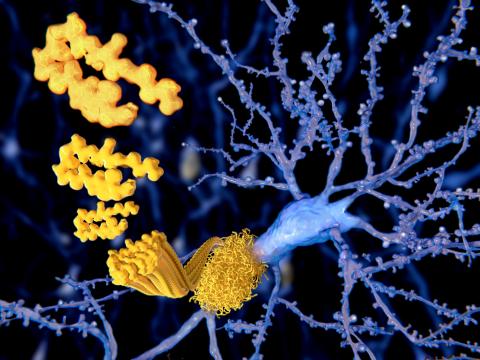Reaction to the study analysing the relationship between different components of air pollution and the risk of dementia
Air pollution has been repeatedly linked to the risk of developing dementia. In addition to confirming this association, a study published in the journal PNAS has analysed the individual risk posed by the components present in PM2.5 fine particulate matter.

Briz - Contaminación (EN)
Víctor Briz
Senior Scientist at the Carlos III Health Institute, in the area of Environmental Toxicology of the National Center for Environmental Health
In this study, the authors use extensive US national databases to establish a positive correlation between exposure to fine particulate matter pollution (also called PM2.5 because it is smaller than 2.5 microns) from the combustion of fossil fuels and an increased incidence of dementia and Alzheimer's disease in the general population.
The importance and significance of this study is not only the enormous size of the population sample, which includes millions of people from all over the United States, but also the individual analysis of the effect of its main chemical components, including black carbon, organic matter, sulphates and inorganic ammonium as those with the highest risk associated with these neurodegenerative diseases.
Although the study has certain methodological limitations, such as exposure estimates by postal district (which can lead to wide individual variability) or the inclusion of a largely (90%) white population that is not representative of the general US population, the use of two independent exposure databases makes the results more reliable.
On balance, this study reinforces previous epidemiological work on the significant risk of developing dementia and Alzheimer's disease following continued exposure to environmental pollution.
Shi et al.
- Research article
- Observational study
- People



